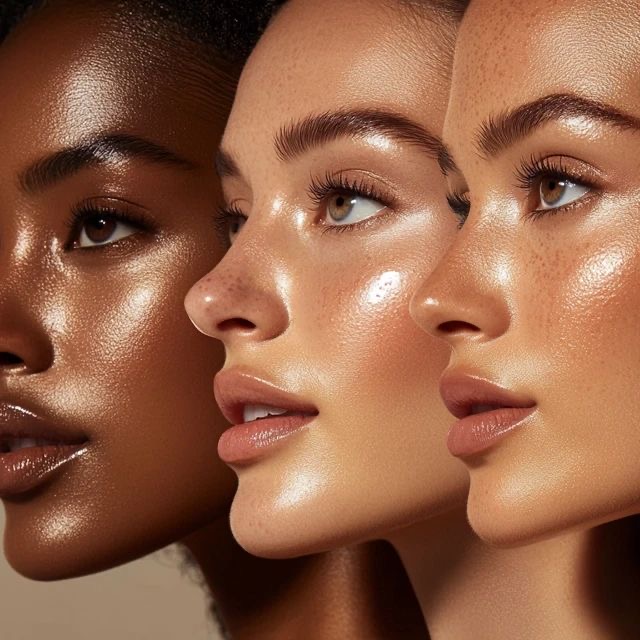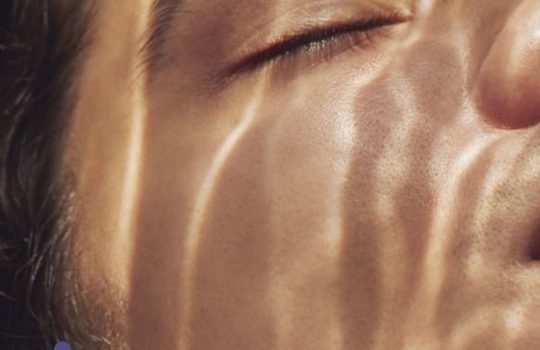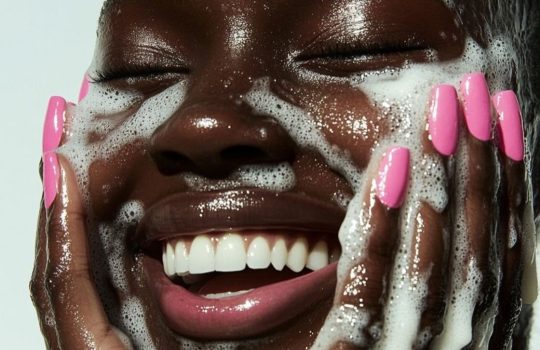Traditional climate skincare practices have protected skin for millennia, long before modern dermatology existed. These time-tested methods offer scientifically backed solutions for weather-related skin challenges that contemporary products often struggle to address effectively.
Understanding ancestral wisdom reveals why certain traditional practices outperform modern routines. These cultures developed strategies through generations of trial and error, creating protocols specifically designed for their unique environmental challenges.
Modern research increasingly validates traditional approaches, proving that ancient wisdom often surpasses contemporary beauty trends in both effectiveness and sustainability. Let’s explore five cultures that mastered climate skincare long before the beauty industry existed.
Japan: Mastering Humidity Through Minimalism
Japanese climate skincare traditions emerged from necessity in a country where humidity regularly exceeds 70% during summer months. The famous double-cleansing method represents sophisticated science—oil dissolves sebum buildup while water-based cleansers remove environmental pollutants without over-stripping.
The practice of “skin fasting” exemplifies advanced skincare understanding. By periodically eliminating all products, Japanese women allow their skin’s natural adaptation mechanisms to reset, preventing the product dependency that often worsens humidity-related issues.
Research published in the Journal of Cosmetic Dermatology validates this climate skincare approach, showing that cyclical product elimination improves skin barrier function by 34% in high-humidity environments, reducing breakouts and congestion naturally.
Morocco: Desert Survival Strategies
Moroccan climate skincare evolved in extreme desert conditions where temperatures fluctuate wildly and humidity drops below 10%. The strategic use of argan oil represents masterful climate skincare applied to damp skin; it creates an occlusive barrier that prevents water loss without feeling heavy.
This technique contradicts modern advice about applying oils to dry skin. Moroccan women understood that oil seals existing moisture rather than providing hydration, a principle now supported by dermatological research on occlusive agents.
Rose water usage in Morocco serves multiple functions; it restores pH balance after harsh wind exposure, provides gentle hydration, and offers anti-inflammatory benefits that protect against desert-induced irritation.
India: Monsoon Management Through Ayurveda
Indian climate skincare practices adapt seasonally, particularly during monsoons when humidity creates bacterial overgrowth challenges. Ayurvedic shifts from oil-based treatments to clay and herbal preparations during humid periods.
Turmeric’s role in traditional Indian skincare demonstrates a sophisticated understanding of antimicrobial protection. Modern studies confirm turmeric’s ability to prevent humidity-related bacterial infections while providing gentle exfoliation without irritation.
The concept of doshas represents personalised dermatology centuries before individualised beauty became trendy. This approach recognises that skin needs change not just with weather, but with individual constitution and seasonal patterns.
Scandinavia: Extreme Weather Protection
Nordic climate skincare philosophy centres on barrier protection rather than active treatment. Living in climates with extreme temperature variations, Scandinavian women developed routines prioritising ceramides and lipid restoration.
The “lagom” approach emphasises sufficiency over excess, using exactly what skin needs without overwhelming its natural functions. This philosophy prevents the over-treatment that often damages skin barriers in harsh climates.
Scandinavian also pioneered seasonal rotation, using different product formulations for indoor heating seasons versus natural humidity periods, recognising that effective climate skincare must adapt to environmental changes.
Modern Validation of Ancient Climate Skincare
Contemporary dermatological research increasingly supports traditional climate skincare methods. Studies show that cultures with established skincare practices have lower rates of premature ageing and climate-related skin disorders compared to populations using standardised global beauty products.
The key insight from traditional skincare is adaptation; successful skin protection requires environmental awareness and seasonal flexibility rather than rigid routines that ignore climate realities.
External Resources:






